Genomic surveillance of emerging threats and epidemic spread
Trevor Bedford (@trvrb)
17 Oct 2018
Grand Challenges Annual Meeting
Berlin, Germany
Sequencing to reconstruct pathogen spread
Epidemic process
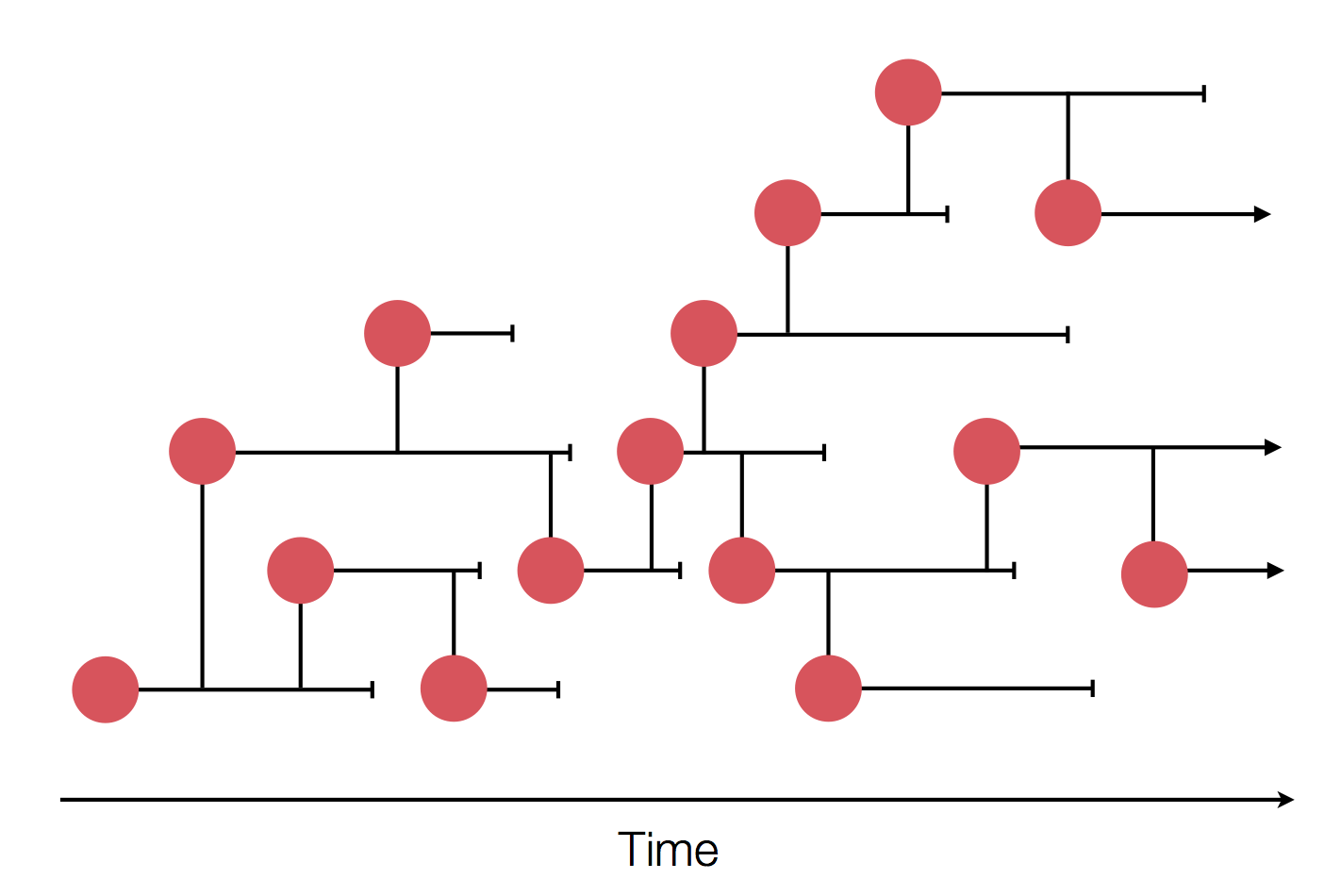
Sample some individuals

Sequence and determine phylogeny
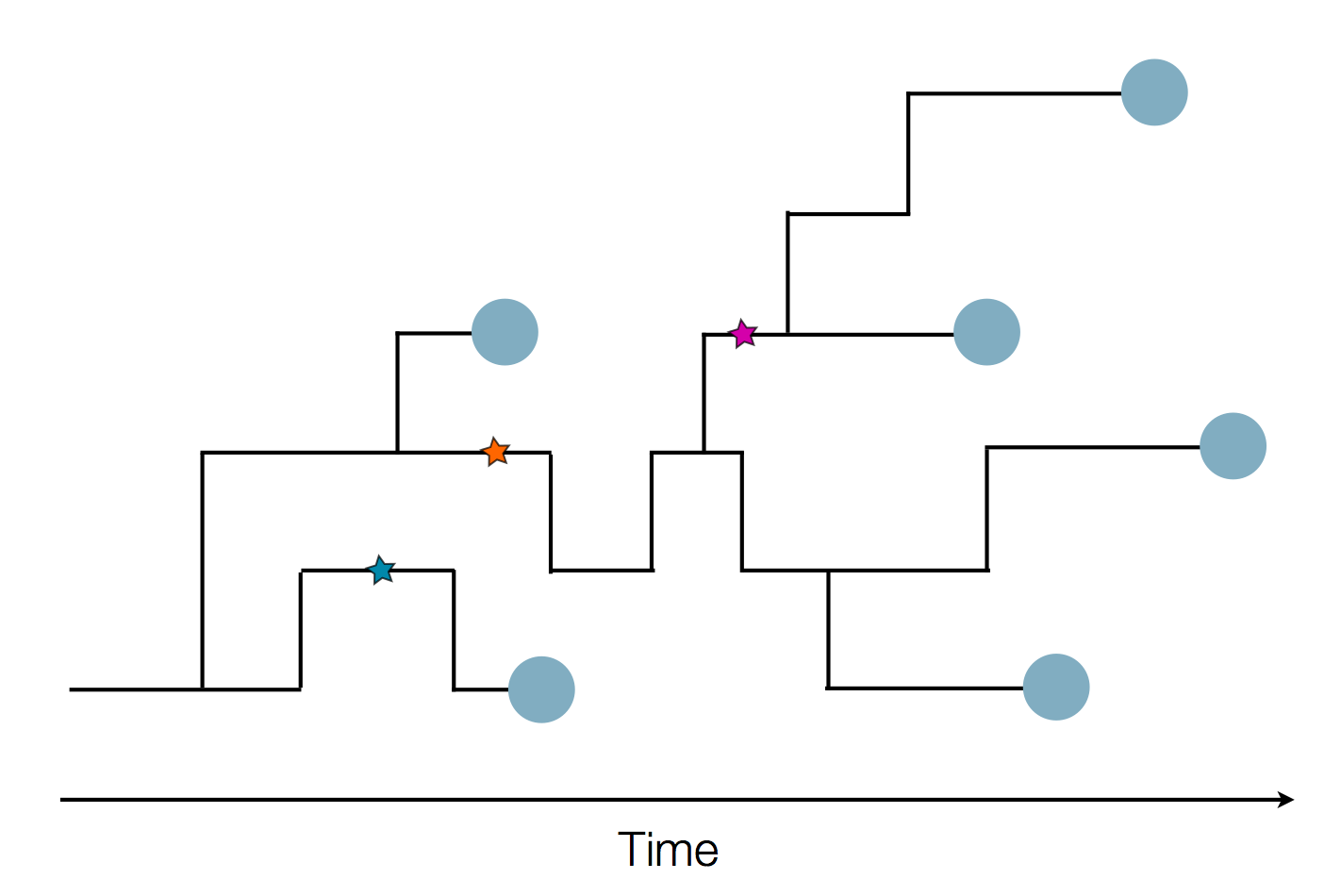
Sequence and determine phylogeny

Pathogen genomes may reveal:
- Evolution of new adaptive variants
- Epidemic origins
- Patterns of geographic spread
- Animal-to-human spillover
- Transmission chains
Influenza: Forecasting spread of new variants for vaccine strain selection

Zika: Uncovering origins of the epidemic in the Americas
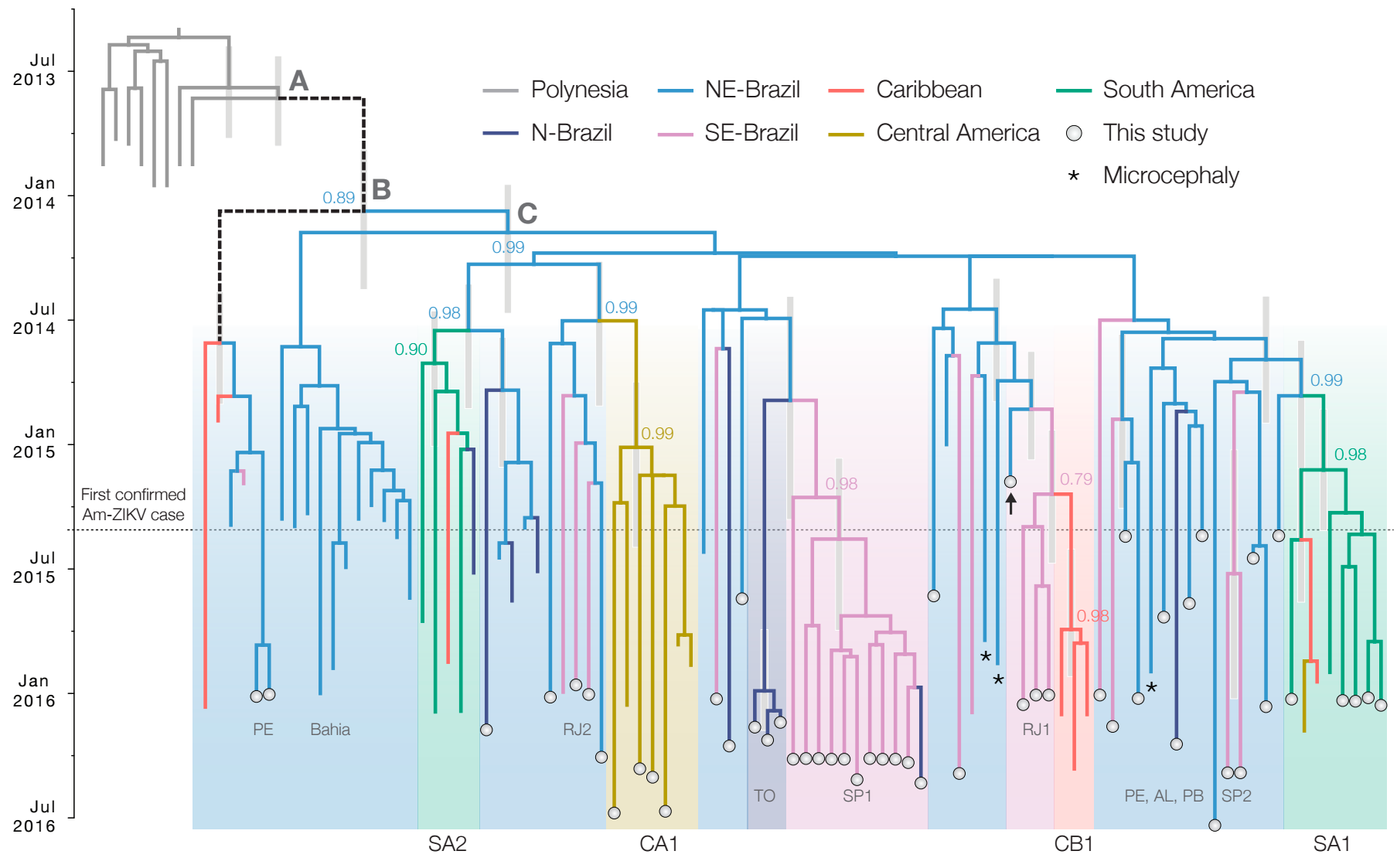
Ebola: Revealing spatial spread and persistence in West Africa
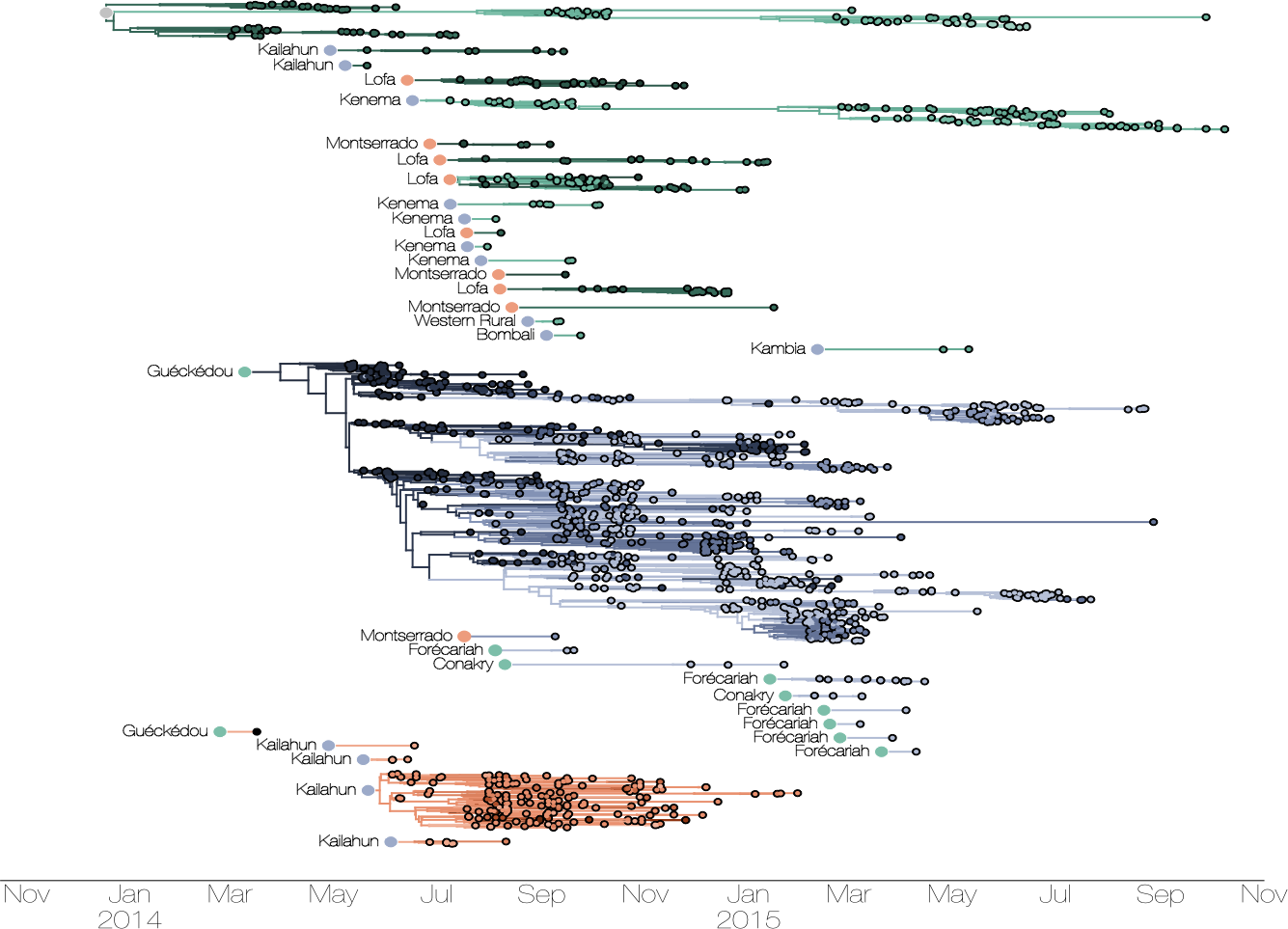
MERS: Quantifying camel-to-human spillover
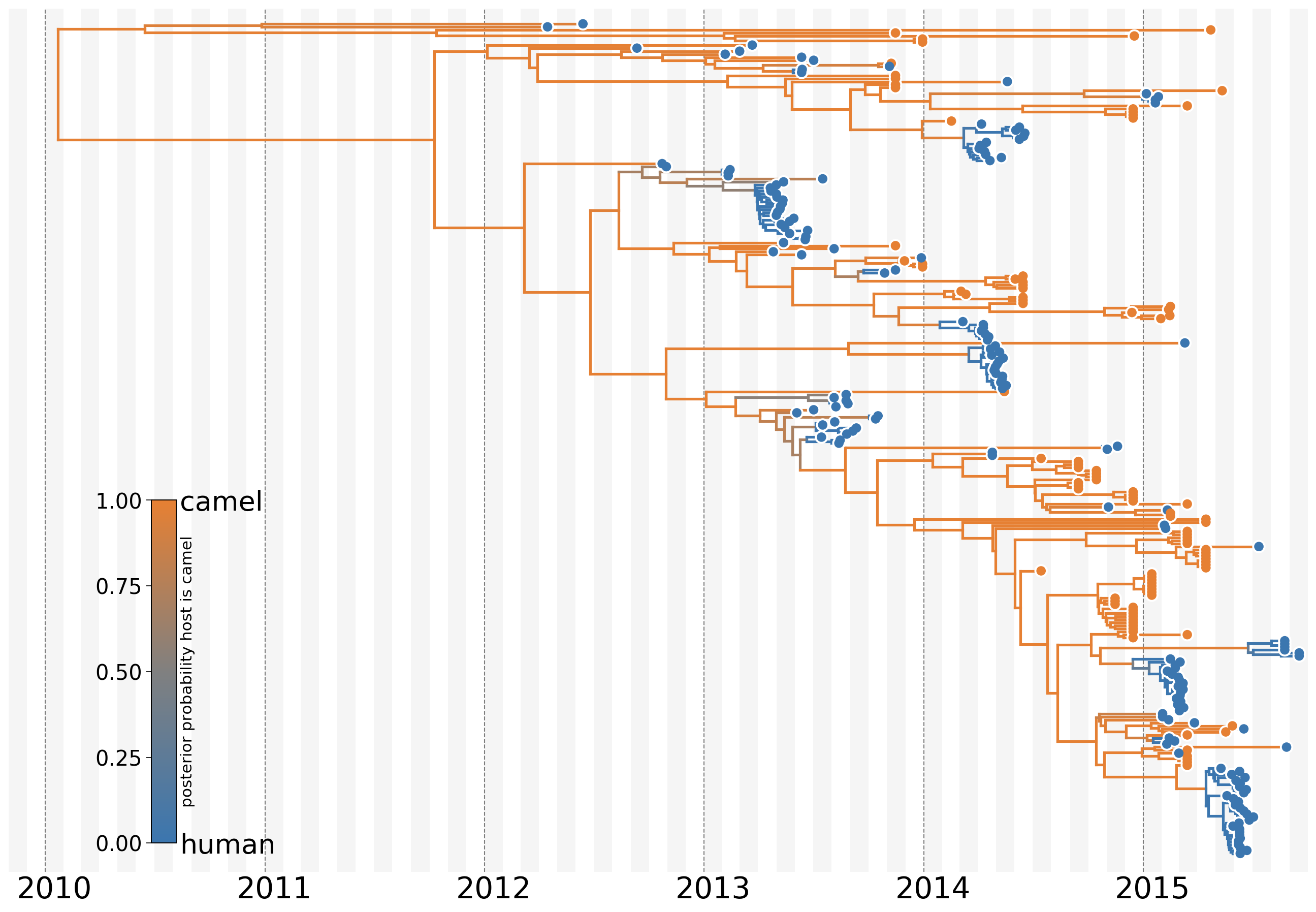
TB: Tracking individual transmission chains
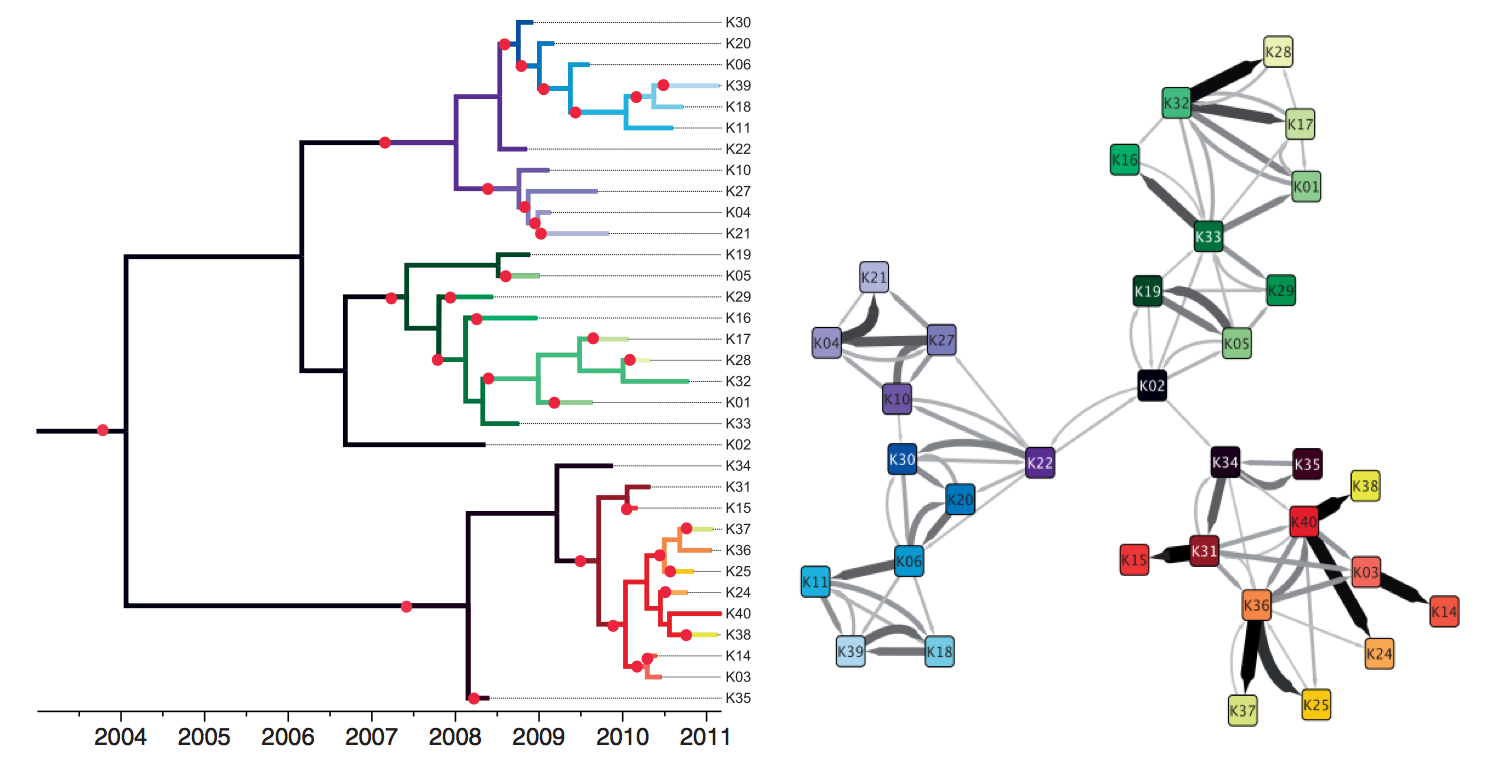
Actionable inferences
Genomic analyses are mostly done in a retrospective manner
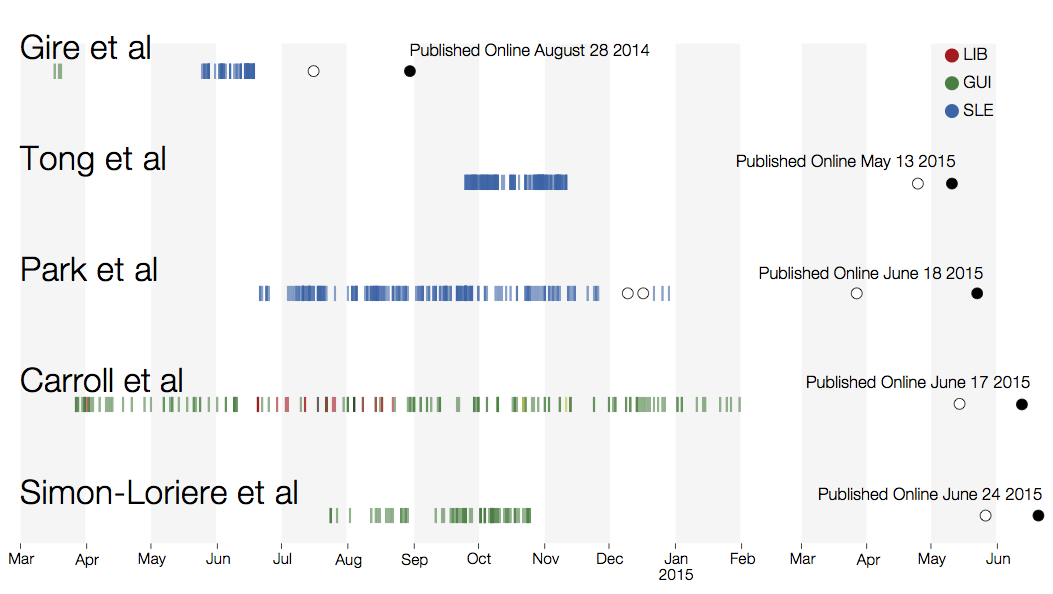
Key challenges to making genomic epidemiology actionable
- Timely analysis and sharing of results critical
- Dissemination must be scalable
- Integrate many data sources
- Results must be easily interpretable and queryable
Nextstrain
Project to conduct real-time molecular epidemiology and evolutionary analysis of emerging epidemics
with
![]() Richard Neher,
Richard Neher,
![]() James Hadfield,
James Hadfield,
![]() Emma Hodcroft,
Emma Hodcroft,
![]() Tom Sibley,
Tom Sibley,
![]() John Huddleston,
John Huddleston,
![]() Colin Megill,
Colin Megill,
![]() Sidney Bell,
Sidney Bell,
![]() Barney Potter,
Barney Potter,
![]() Charlton Callender
Charlton Callender
Nextstrain architecture
All code open source at github.com/nextstrain
Two central aims: (1) rapid and flexible phylodynamic analysis and
(2) interactive visualization

Rapid build pipeline for 1600 Ebola genomes
- Align with MAFFT (34 min)
- Build ML tree with RAxML (54 min)
- Temporally resolve tree and geographic ancestry with TreeTime (16 min)
- Total pipeline (1 hr 46 min)
Nextstrain is two things
- a bioinformatics toolkit and visualization app, which can be used for a broad range of datasets
- a collection of real-time pathogen analyses kept up-to-date on the website nextstrain.org
nextstrain.org
Newly released feature
- "Community" builds to promote frictionless sharing of results
Genomic epidemiology of Lassa virus in Nigeria
Data and builds courtesy of Paul Oluniyi, Christian Happi and the African Center of Excellence for Genomics of Infectious Diseases (ACEGID) at Redeemer's University, Ede, Nigeria
Live at nextstrain.org/community/pauloluniyi/lassa/s

Moving forward
Recent headway towards "actionable" genomic epidemiology
- affordable and portable full genome sequencing (ONT MinION, iSeq)
- rapid phylodynamic methods (TreeTime, treedater, etc...)
- rapid distribution of results (nextstrain.org, microreact.org, virological.org)
Sketch of data flow
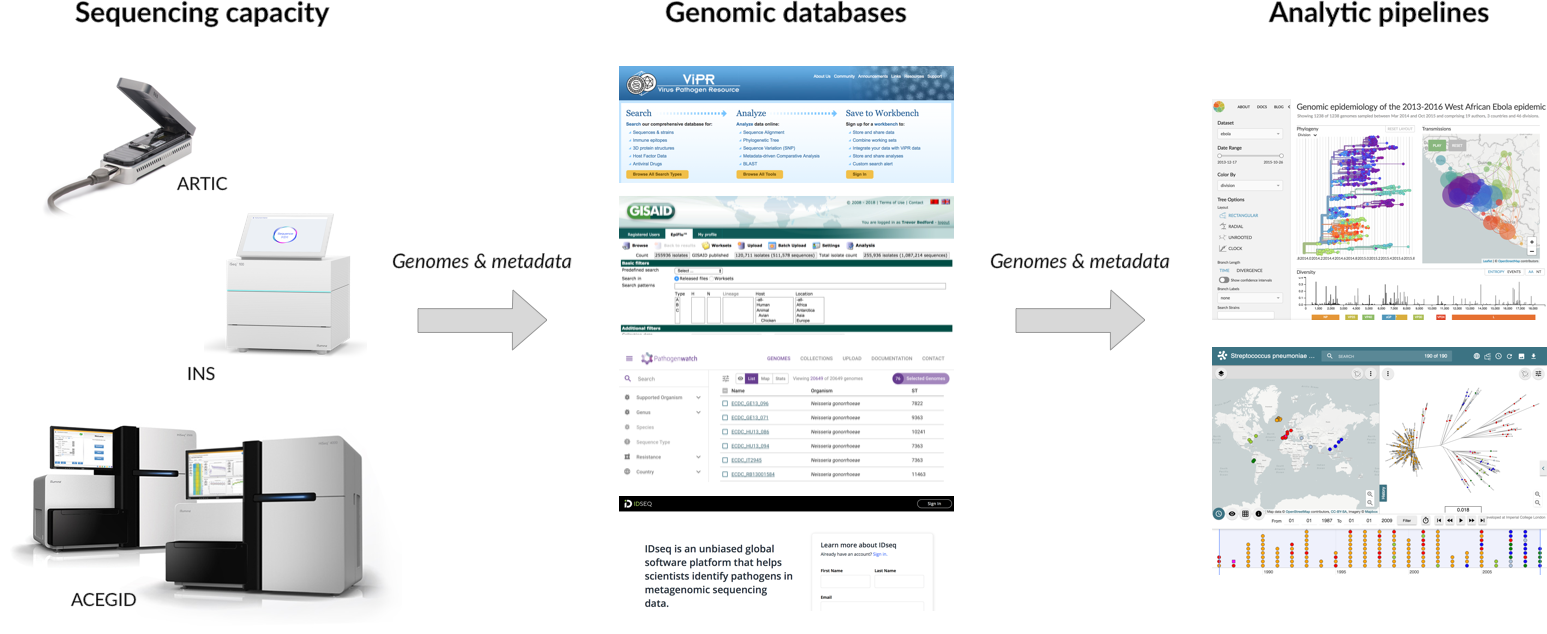
The importance of networks: WHO Global Influenza Surveillance and Response System
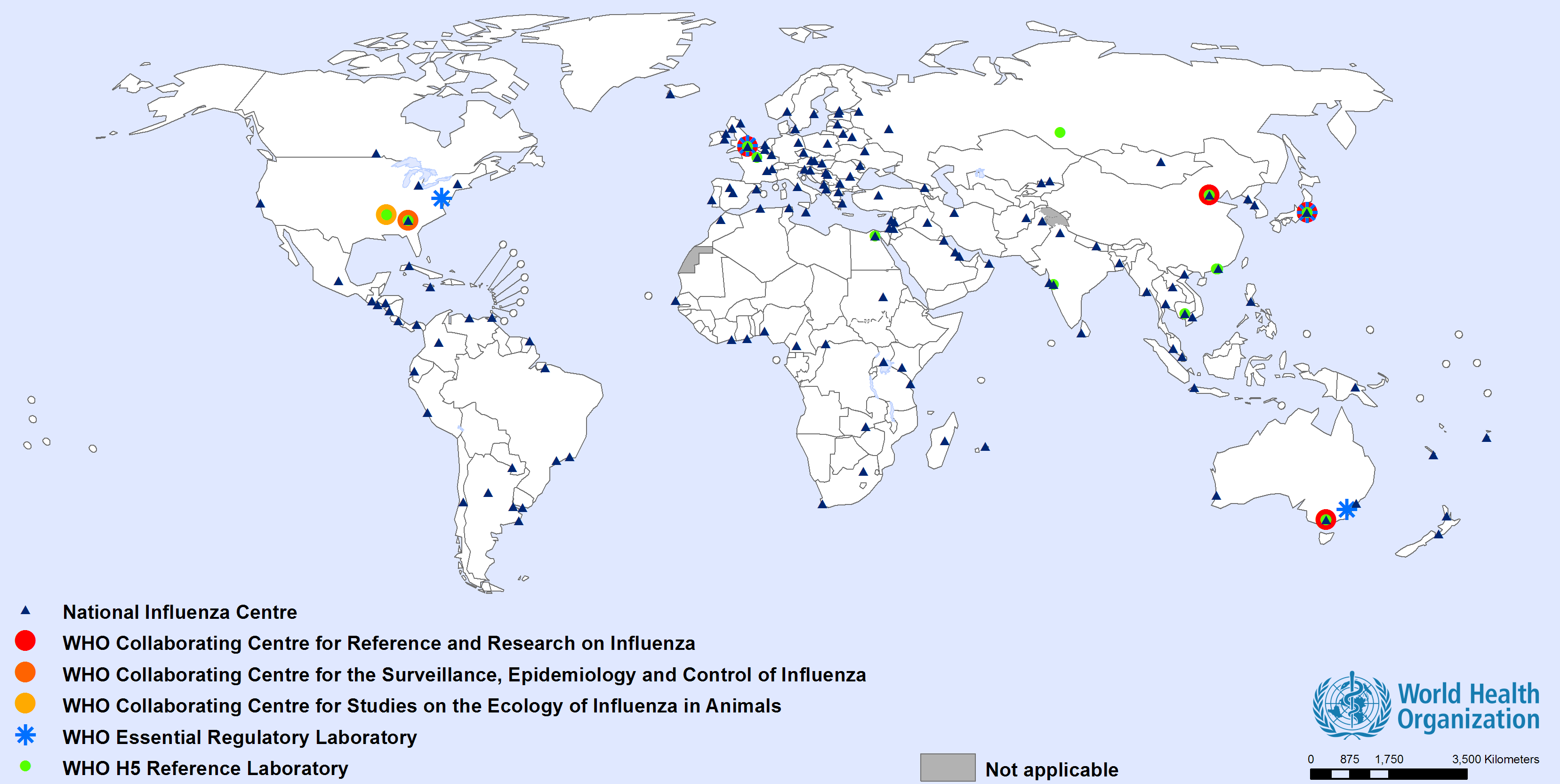
Databases should have APIs
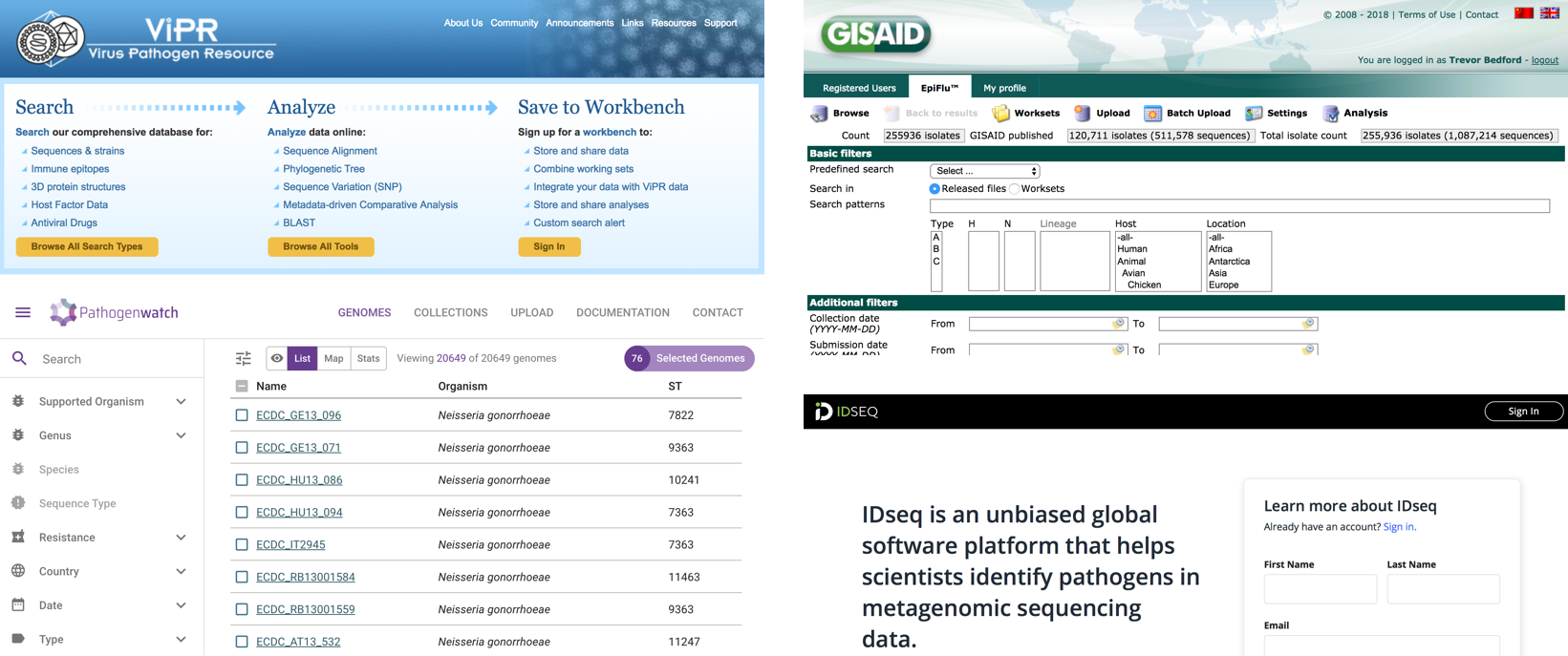
Analysis tools should be interoperable
- We have a simple public API to our inferences that looks like: data.nextstrain.org/ebola_tree.json
- ARTIC has packaged up the Nextstrain auspice viz and is shipping it with their bioinformatics toolkit
- In the future, one should be able to select some genomes in IDSeq or Pathogenwatch and pipe them over to Nextstrain for a detailed view
Phylogenetic tracking has the capacity to revolutionize epidemiology
Acknowledgements
Bedford Lab:
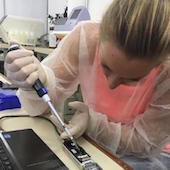 Alli Black,
Alli Black,
 Sidney Bell,
Sidney Bell,
 John Huddleston,
John Huddleston,
 Barney Potter,
Barney Potter,
 James Hadfield,
James Hadfield,
 Louise Moncla,
Louise Moncla,
 Tom Sibley,
Tom Sibley,
 Maya Lewinsohn
Maya Lewinsohn
Genomic epi: Gytis Dudas, Andrew Rambaut, Luiz Carvalho, Nick Loman, Jenn Gardy, Paul Oluniyi, Christian Happi, Nuno Faria, Oli Pybus, Josh Quick, Ingra Claro, Julien Thézé, Jaquilene de Jesus, Marta Giovanetti, Matt Cotten, Ian Goodfellow
Nextstrain: Richard Neher, James Hadfield, Emma Hodcroft, Tom Sibley, John Huddleston, Sidney Bell, Barney Potter, Colin Megill, Charlton Callender





